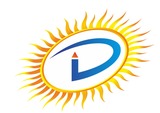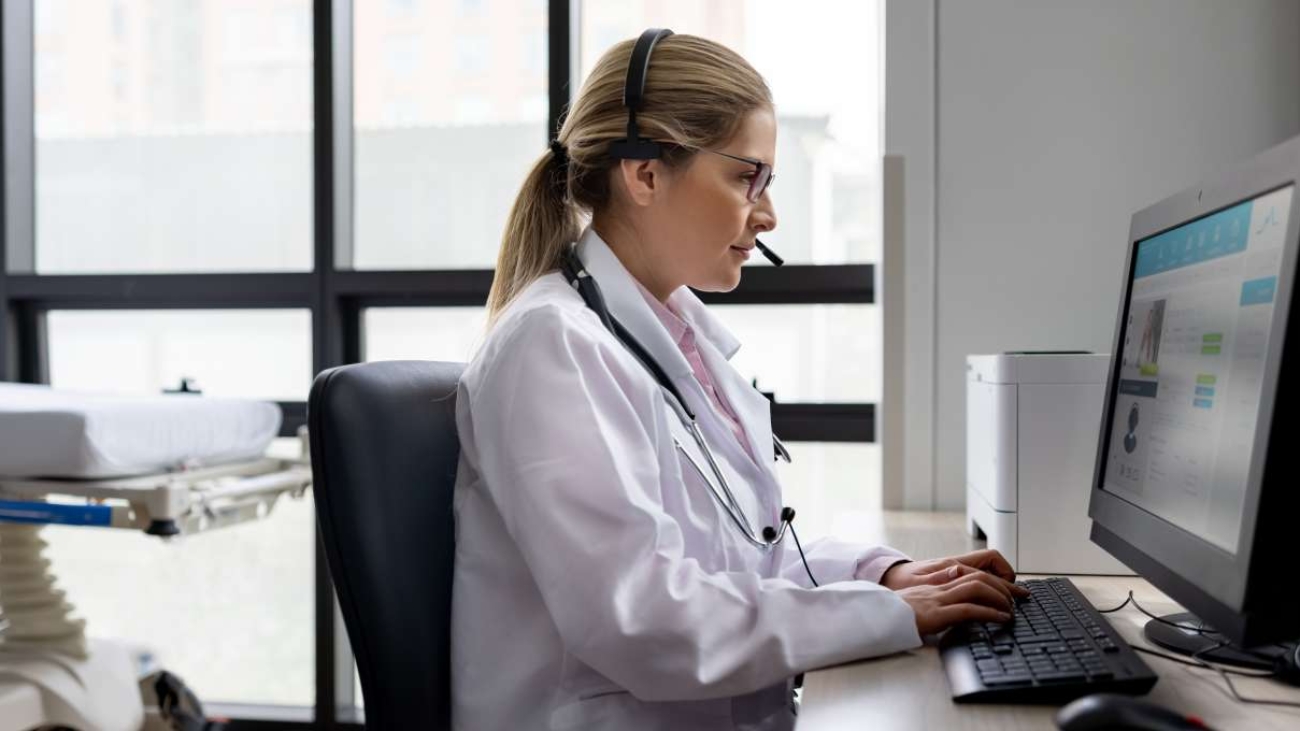In the rapidly evolving healthcare landscape, the role of medical transcription has become increasingly significant. Medical transcription, the process of converting voice-recorded medical reports into written text, plays a crucial role in ensuring accurate and timely documentation of patient information. This not only streamlines healthcare operations but also directly impacts the quality of patient care. In this blog post, we will explore how medical transcription can enhance patient care and why it is an indispensable component of modern healthcare.
1. Accurate and Detailed Medical Records
Accurate medical records are the backbone of effective patient care. Medical transcription ensures that healthcare providers have access to precise and comprehensive documentation of patient interactions, diagnoses, treatments, and follow-up plans. These detailed records help healthcare providers make informed decisions, leading to better patient outcomes.
2. Improved Communication Among Healthcare Providers
Effective communication among healthcare providers is essential for coordinated patient care. Medical transcription facilitates seamless communication by providing clear and accurate documentation that can be easily shared across different healthcare professionals. This ensures that everyone involved in a patient’s care is on the same page, reducing the chances of errors and misunderstandings.
3. Enhanced Patient Safety
Patient safety is paramount in healthcare. Medical transcription helps in minimizing errors by ensuring that medical records are accurate and up-to-date. Transcribed documents are easier to read and interpret compared to handwritten notes, which can be prone to errors and misinterpretations. This reduces the risk of incorrect treatments and enhances patient safety.
4. Efficient Workflow and Time Management
Medical transcription services streamline the documentation process, allowing healthcare providers to focus more on patient care rather than paperwork. By outsourcing transcription tasks, healthcare facilities can improve their workflow efficiency and time management, ultimately leading to more time spent with patients and higher quality of care.
5. Better Compliance with Legal and Regulatory Requirements
Accurate medical documentation is crucial for compliance with legal and regulatory requirements. Medical transcription ensures that all patient records are documented accurately and thoroughly, helping healthcare providers meet the necessary standards and avoid potential legal issues. This compliance not only protects healthcare providers but also assures patients that their information is handled responsibly.
6. Improved Patient Engagement and Satisfaction
When patients feel heard and understood, their satisfaction with healthcare services improves. Medical transcription plays a role in enhancing patient engagement by ensuring that all patient concerns, symptoms, and treatment plans are accurately recorded. This comprehensive documentation allows healthcare providers to address patient needs more effectively, leading to higher patient satisfaction and trust in the healthcare system.
7. Facilitates Research and Quality Improvement
Accurate medical records are invaluable for clinical research and quality improvement initiatives. Transcribed medical documents provide a rich source of data that can be analyzed to identify trends, measure outcomes, and develop best practices. This contributes to continuous improvement in patient care and the advancement of medical knowledge.
Conclusion
Medical transcription is a vital component of modern healthcare that significantly contributes to improving patient care. By ensuring accurate and detailed medical records, enhancing communication among healthcare providers, improving patient safety, streamlining workflows, and ensuring compliance with legal requirements, medical transcription plays a crucial role in delivering high-quality patient care. As healthcare continues to evolve, the importance of reliable and efficient medical transcription services will only grow, making it an indispensable tool for healthcare providers worldwide.



